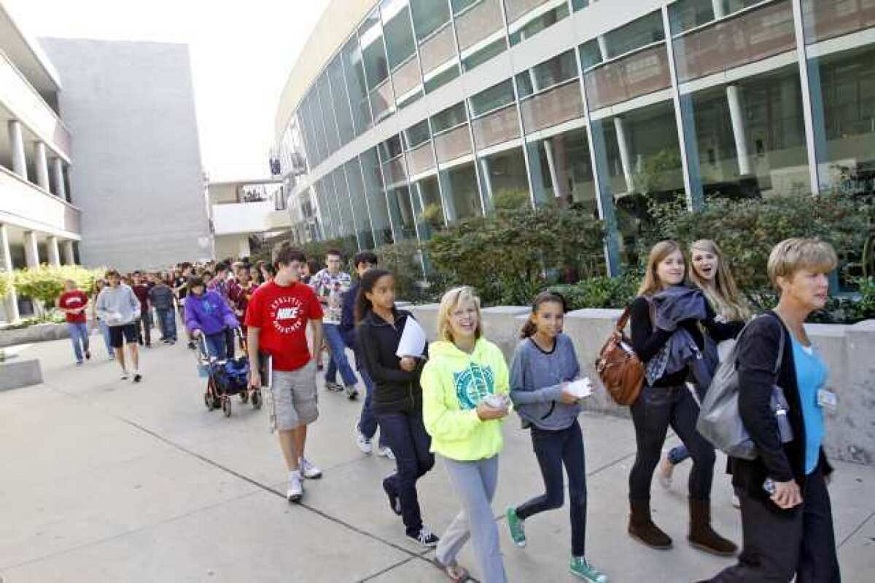Preschool can technically be defined as a half-day program for children between the ages of two and five, where structured activities are led by a teacher with specialized training in early childhood development.
Independence and social skills
The purpose of preschool is to give children a sense of independence outside of their homes, to teach them to relate to other children, and to encourage them to interact with adults other than those in their family.
How to choose a “good” school?
A good kindergarten should allow the child to explore different activities freely, encourage their enthusiasm for discovery and offer them an experience adapted to their age. Those that promote study skills and are primarily geared towards single teacher control discourage children in their learning. They are not really suitable for children of this age since they are not ready to follow official training in terms of reading and writing. Preschools promote development, self-confidence and self-control.
Gather information
You may need to visit several preschools before you find the place that is likely to be the perfect fit for you and your child. Check if you are comfortable with the philosophy, approach, policy and staff, especially the school principal. You should also gather specific information. It would be a good idea to get references, but not only from satisfied parents: contact those who left the program and ask them why.
Consider the following:
Small class size. Two- and three-year -olds should be divided into groups of fewer than eight children. Four-year-olds can be placed in groups of up to 20 children, provided the teacher has support. One teacher for every seven children is the ideal ratio for little ones of this age.
Special training. Teachers should have specialized training in early childhood development and the principal should have a bachelor’s or master’s degree in this field.
Stability. Good centers keep their teachers, so find out about staff turnover. Turnover above 33% per year usually points to a problem, with pay, morale, or both. If teachers are replaced every six months, you might want to know why.
Security. The classrooms and play area of a good kindergarten meet applicable health and safety regulations. Observe children as they play indoors and outdoors and see if there is any danger.
Structure. Ideally, the teacher will have a teaching plan that they present with opportunities for learning and exploration. A daily schedule will also have to be put in place, as well as an evaluation of the adaptation and progress of each child.
Social context. Consider how a child might feel being there and how the teacher helps children through the difficult transition at the start of the day. Observe how discipline is applied. Determine if it matches your own approach or if it seems too permissive or too harsh. Observe how arguments and fights between children are handled.
Questions you might ask
Can parents go there and observe their child at any time? They should be able to, there is no doubt.
Is the center accredited? It is a minimum requirement. Most good centers will also have a certificate accredited by a national or state association.
What are the payment methods? Can you volunteer your time to offset some of the costs? How much are the late penalties? Can you get a discount if you pay in advance?
What are the schedules ? Can the hours be extended? If so, what happens during these times and who supervises the children? What additional costs does this entail?
What should you do during your volunteer hours? Will you be asked to distribute snacks, groceries or meals on a regular basis?
If your child is able to participate and enjoy their preschool experience, it’s because you’ve given them the love, support and confidence to take them to the next level. A little separation will be beneficial for both of you, in addition to being rewarding for him.




